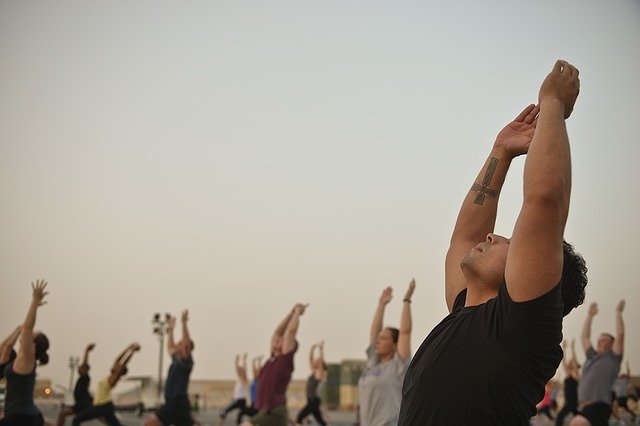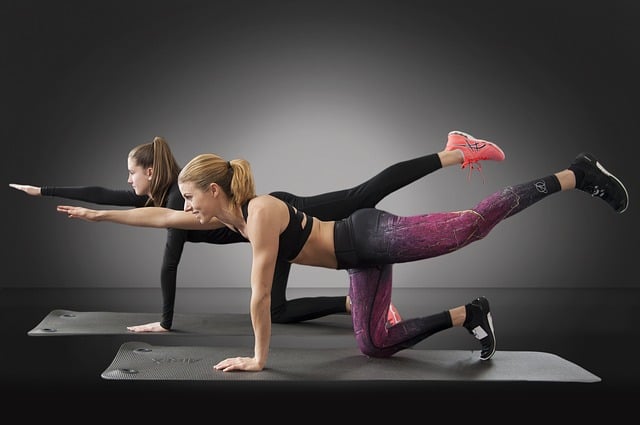
Body practices express the relationship between the person and their body.
The notion of bodily practices refers, in its broadest meaning, to the movement carried out by a person that generates a certain expenditure of energy and modifies the state of rest . This activity can go beyond the instrumental.
Relationship between the person and their body
Body practices are linked to the biological structure and serve to express or communicate something . While physical exercise is a planned action that is repeated to maintain or improve health , body practice contemplates the social condition , expressing the link between the individual and their body, their lifestyle habits and other factors.
Each individual relates to his or her own organism in a unique way, although based on a common social structure, which develops over the centuries in each region. We must point out that it is impossible for us to avoid bodily practices , unless a health condition prevents us from doing so. On the other hand, it is not necessary to have theoretical foundations to do so.
The body and culture
In the field of anthropology , the idea of bodily practices allows us to reflect on culture based on the body . There are expressions and gestures that are typical of a community, with which the body allows a representation of reality to be externalized.
Culture and biology , in short, appear interconnected in bodily practices. These motor manifestations reflect customs and power relations and change with the advancement of history.
Different areas
It can be said that bodily practices refer to the use of the body in multiple situations, appealing to movements, performances and expressions. Art , sport and play , for example, involve the development of bodily practices.
It is possible to distinguish between formal body practices and informal body practices . In the first case, they are taught and structured through school education and the role of a teacher , while in the second case they are not subject to the provisions that emanate from educational establishments.
Recommended body practices
Experts in this connection with our own body recommend different practices, which target different tastes, needs and that likewise offer complementary results, although all of them offer transformative results . One of the basics consists of standing up, holding the body with a firm yet relaxed posture, raising the arms without affecting general stability, breathing deeply and, after a maximum of five minutes, returning the arms to their position. of rest.
It is also possible to voluntarily tense a part of the body, such as a leg or arm, while inhaling, then hold the air for a few seconds and finally release it while releasing the tension . This generates great pleasure and does not require any prior preparation or a high degree of motor skills.

Games, sports and art often require the development of bodily practices.
We often overlook the importance of stillness in the field of bodily practices: without this state of inactivity, movement would not exist, which is why both inevitably complement each other. A body practice that can help us enjoy this opposition is to go to a very quiet place, where stress does not follow us, and begin to move very slowly from total inactivity.
Almost inversely, it is recommended to practice an absolute stop to all physical activity from time to time, in the most spontaneous way possible. Interrupt whatever we are doing to reach stillness and hold it for a few seconds or minutes, while we focus on feeling our own existence.
